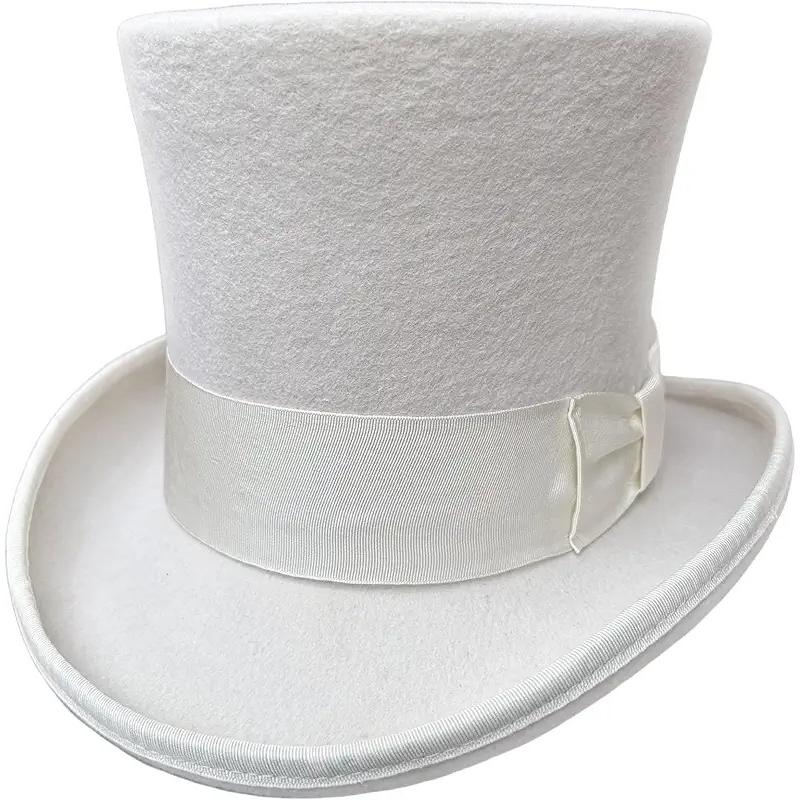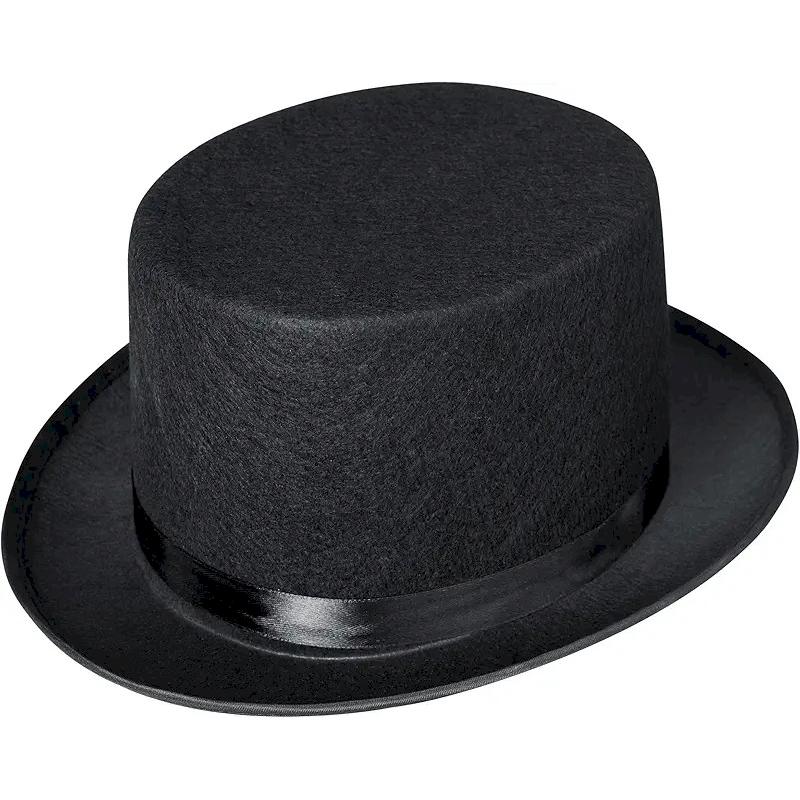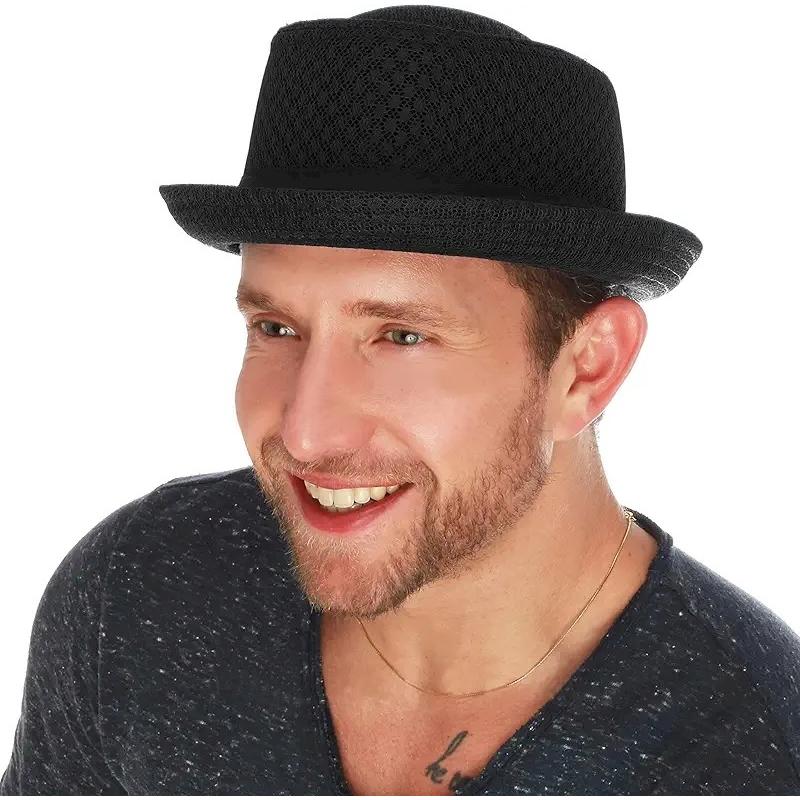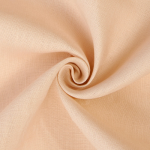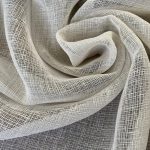Introduction to the Top Hat
When you think of formal attire, images of elegant suits, polished shoes, and, of course, the legendary top hat often come to mind. This distinctive accessory has been a symbol of sophistication and class for centuries. So, what does a top hat look like? The answer blends elements of style, history, and the nuances of design that vary across different cultures and eras. Traditionally, the top hat features a tall, cylindrical shape with a slightly tapered crown and a flat brim. Its classic aesthetics not only represent the height of fashion from the 18th to the 20th century but also encompass its evolution over time, leading us to understand its significance in today’s society. In this article, we will dive deep into the detailed features of the top hat, explore its historical significance, types available today, and occasions it suits perfectly.
The Historical Journey of the Top Hat
The top hat’s origins date back to the late 18th century in Europe, particularly in England. Historians believe it first emerged around the 1790s, evolving from the earlier “cocked” hats that were prevalent among gentlemen of the time. Initially, it was made from beaver fur felt, showcasing craftsmanship and wealth. The invention of silk plush made it more accessible, thus solidifying its place in fashionable society.
Throughout the 19th century, the top hat became synonymous with the upper class and was often seen during important events and social gatherings. Its design remained relatively consistent, but subtle variations emerged to reflect changing fashion trends. The Victorian era, in particular, embraced the top hat as an essential accessory for men. During this time, it signified professionalism and respectability, worn by notable figures from politicians to aristocrats.
As society modernized, the top hat remained firmly planted in fashion, transitioning into the 20th century as a staple of formal attire. However, it experienced a decline in everyday use by the mid-20th century, often relegated to special occasions. Understanding the historical journey of the top hat adds depth to the contemporary representations we see today.
Distinctive Features of a Top Hat
So, what does a top hat look like in terms of its specific features? Several key elements contribute to its unique appearance, making it easily identifiable.
- Shape and Structure: The top hat typically boasts a tall crown that can reach rather impressive heights. The design includes a flat brim that extends outward, which creates a striking silhouette.
- Materials: Historically made from beaver fur felt, modern top hats may use various materials, including wool felt, silk, or satin. The choice of fabric affects the hat’s texture and overall appearance.
- Color: While the traditional top hat is black, variations in color have emerged over the years. These alternatives—such as gray or even white—often correlate with specific types of formal events, including weddings or themed parties.
- Trimmings: The presence of decorative elements like ribbons or bands around the base of the crown adds flair. These accents can enhance personalization elements, aligning with current fashion trends.
Recognizing these distinctive features can enrich your understanding of top hats and their place in modern fashion.
Types of Top Hats
As fashion evolved, so did the top hat itself. Today, you can find several variations that cater to different tastes and occasions. Here are a few notable types:
- Classic Top Hat: This is the quintessential design, originally worn by gentlemen of high society. Typically made from silk or wool felt, it maintains the traditional shape and black color.
- Crushable Top Hat: A modern take on the classic, this version is designed for ease of use. Crushable top hats can be folded or packed away without losing their shape, perfect for travel and outdoor events.
- Stovepipe Hat: Taller and with a more pronounced height, this type adds drama to the wearer’s look. While less common, it continues to be associated with specific historical or theatrical styles.
- Colored Top Hats: Over time, more vibrant top hats—such as white, grey, or even pastel shades—have gained popularity, particularly at events like weddings or themed parties where a unique statement is desired.
- Safari Hat: A lightweight alternative with the traditional outline, the safari top hat offers practicality for outdoor events or excursions while retaining a hint of formality.
Although their designs may differ significantly, the core essence of the top hat remains timeless.
Occasions to Wear a Top Hat
Wondering when to wear a top hat? Knowing the appropriate occasions can enhance your overall attire, allowing you to make a bold statement. Here are several events where a top hat can shine:
- Formal Events: From weddings to galas, top hats can elevate formal attire, bringing a classic touch to tuxedos and elegant outfits.
- Royal Ascot: This prestigious horse racing event in England is famous for its strict dress code, requiring gentlemen to sport a top hat in accordance with tradition.
- Theater and Opera: The top hat has long been associated with the arts. Attending a performance at the opera or theater often calls for such elegant attire to complement the experience.
- Themed Parties: Vintage, Mad Hatter tea parties, or any event inspired by the elegance of bygone eras often invite guests to don top hats, infusing a sense of charm and allure.
- Proms and Graduations: Many high school proms and graduations encourage graduates to wear formal attire, where a top hat can make a striking appearance.
Understanding these occasions can guide you effectively in selecting the perfect time to wear this distinguished accessory.
How to Choose the Right Top Hat
When contemplating the purchase of a top hat, a few crucial factors will help ensure you select the perfect piece.
- Size: Like any hat, fit is essential. Measure your head accurately to choose a size that provides comfort without compromising form.
- Material: Decide between more traditional materials like felt or modern alternatives like satin. Consider your personal style and how you plan to wear the hat.
- Occasion: Keep in mind the type of event you’re attending. Some designs are more suited for formality, while other variations may lend themselves well to receptions or themed gatherings.
- Budget: High-quality top hats can be quite an investment. Setting a budget will help narrow down options while still securing a stylish piece.
- Authenticity: If you’re aiming for a classic look, seek out vintage or authentically crafted pieces. Find reputable sellers who offer traditional styles to ensure you make a worthy investment.
Choosing the right top hat can add flair to your wardrobe, so take time exploring options until you find the perfect fit for you.
Conclusion
In conclusion, the top hat remains an iconic piece in the realm of fashion and culture, seamlessly bridging history with modernity. Knowing what does a top hat look like encompasses more than just its physical attributes; it is intertwined with societal norms, celebrations, and personal expression. From its origins in the 18th century to its current status as a symbol of sophistication, understanding the top hat’s features, types, and occasions for wear enriches our appreciation of this timeless accessory.
Whether you find yourself attending a wedding or simply wishing to make a statement, the top hat can serve as a unique choice that compliments a variety of styles while evoking a sense of tradition. As fashion continues to evolve, this classic accessory will undoubtedly retain its charm and significance, reminding us of our shared past while allowing for self-expression in contemporary contexts. So, consider the next opportunity to don a top hat; it may just elevate your ensemble to new heights!
